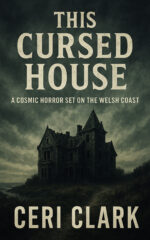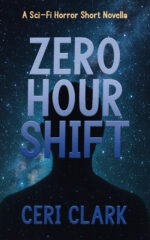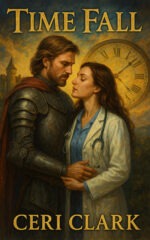A Harrowing Tale of the Dancing Plague
Strasbourg, summer of 1518. The air is heavy with heat and silence, until one woman steps into the street and begins to dance. It wasn’t to music, or for celebration. Something was very wrong.
Margret Troffea becomes the first victim of what history will call the Dancing Plague. Her body jerks, spins, leaps to a rhythm only she can hear. Within days, dozens follow her lead, bloody-footed and wild-eyed. What begins as a single inexplicable act spirals into mass hysteria, a frenzy that grips an entire city.
Dance of the Damned is a visceral, heart-wrenching retelling of this true historical mystery. Through the eyes of Margret and her grieving husband Conrad, the story blends meticulous research with aching human truth. These aren’t dancers, they’re mourners, and each step represents a scream their mouths they can’t make.
The Madness That Wouldn’t Stop
Doctors claim it’s overheated blood. Priests blame sin. City officials build stages and hire musicians, hoping to structure the madness. But nothing helps. Margret dances anyway until her feet are pulp, and her bones shatter. Still, her body moves.
Based on One of History’s Strangest Events – Dancing Plague of 1518
Grounded in disturbing fact and brought vividly to life, this short story does more than recount the Strasbourg epidemic. It jumps head-first into the emotional trauma of loss, societal repression, and the unacknowledged weight of grief. As the city’s leaders scramble for control, the dancers’ bodies become their final protest.
The story closes not with triumph, but recognition. A quiet chapel. A stone marker. And a single truth in the city’s soul; when you deny people the chance to grieve, they will find other ways to mourn.
Watch the Madness With Companion Videos
Check out the Heinous History YouTube short explainer for the Dancing Plague:
Audiobook: https://youtu.be/kMzJ8pevzZY
These videos reveal the strange historical context behind the fiction and what modern science still can’t explain.
Whether you’re fascinated by forgotten history or drawn to stories of eerie psychological depth, Dance of the Damned will stay with you long after the final page.










